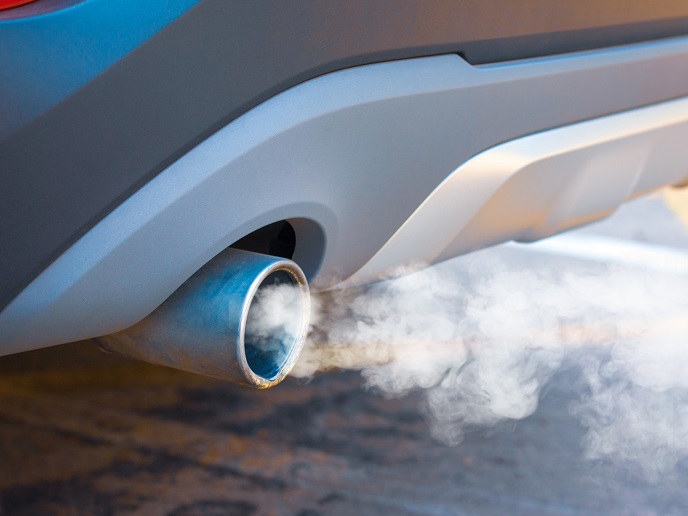Hardening environmental protection systems against tampering
Over the last 20 years, environmental protection systems (EPSs) have largely contributed to reducing harmful vehicle emissions. However, evidence is mounting that these systems are illegally manipulated by vehicle owners, mainly for financial gain. Currently, around 10 % of vehicles falling under Euro 5 and 6 emissions standards are deemed to have tweaked EPSs. Present onboard diagnostic systems are limited in their ability to detect extended malicious interventions to vehicle systems.
How tampering affects air quality
Tampering with a vehicle’s emission control system is illegal and causes excess emissions of nitrogen oxides (NOx), particulate matter (PM) and other air pollutants. Recent research has shown that even a small percentage of tampered vehicles (1 %) can lead to a huge increase in future NOX fleet emissions (i.e. 60 % by 2040). Over the 2022-2050 period, if tampering was fully eliminated, around 3.7 Mt of NOx emissions and 41 kt of PM emissions could be saved. The EU-funded DIAS(opens in new window) project brought together stakeholders from academia and industry to evaluate and find tangible solutions to tackle tampering.
Deep dive into the tampering market
The market analysis(opens in new window) conducted by DIAS revealed that tampering devices and services are proliferating. “Indicatively, at least 100 companies worldwide are offering defeat devices such as delete kits to shut down selective catalytic reduction in diesel vehicles. Prices range from EUR 10 to 500,” notes Zissis Samaras, project coordinator and professor at the Mechanical Engineering department of the Aristotle University in Thessaloniki, Greece. The major form of tampering is replacing or altering the software, or calibrations that control engine operation. This tuning may increase engine emissions or allow an engine to operate without an emission control system. “We found that the prevalent tampering method used in modern vehicles is based on chip tuning(opens in new window) that modifies the vehicle’s electronic control unit (ECU flashing). The demand for such technology is driven by a desire to avoid the costs of EPS repair, maintenance and consumables,” adds Samaras.
Countermeasures for tampering detection and protection
The vulnerabilities identified from the market and threat analysis were addressed by working on proper technical solutions. To detect and prevent tampering, researchers developed enhanced onboard diagnostics and monitoring systems, and hardened in-vehicle communication systems. Infrastructure was also built to report tampering events and relevant data to appropriate authorities. Most developed anti-tampering solutions were found neutral, building upon common automotive technologies, published scientific knowledge, worldwide accepted standards and protocols, and (non-)EU regulatory frameworks. Several of these were also evaluated as simple, low-cost and available in the short-term. The success of DIAS solutions was demonstrated through traditional penetration testing and two hacking events supported by independent experts. “DIAS starts and ends with the market in mind. During the whole countermeasure development phase, DIAS engineers tried to leverage well-established technologies. Project members not only had excellent field knowledge but had also been in very close contact with other industrial partners to find the best possible compromise between what is desirable and what is feasible. In short, the industry will not have to reinvent the wheel, many solutions can be rapidly deployed, and consumers will not have to pay a heavy bill for them,” concludes Samaras. Ultimately, an anti-tampering framework was proposed incorporating many guidelines for future anti-tampering legislation by reviewing the existing emission-related regulations and standards, considering the anti-tampering solutions identified and engaging several entities and stakeholders.







